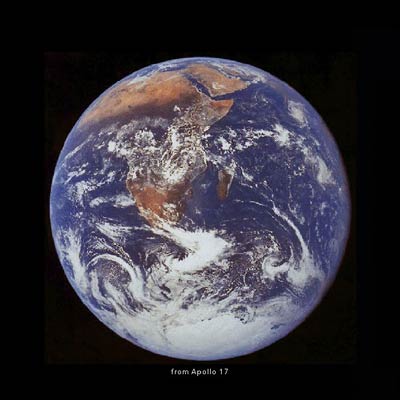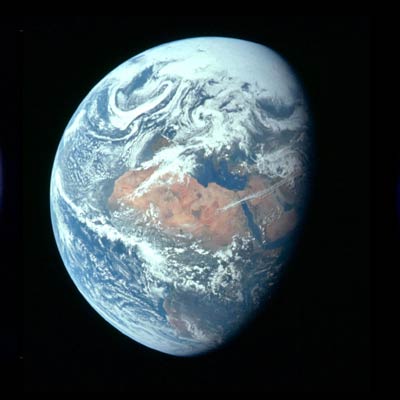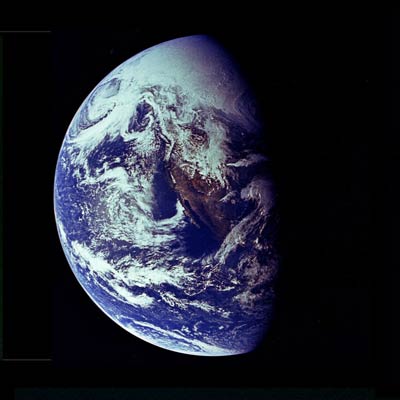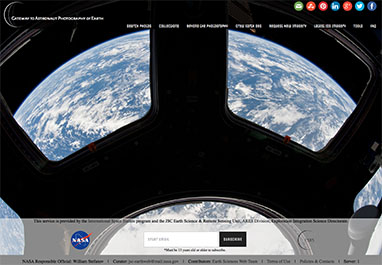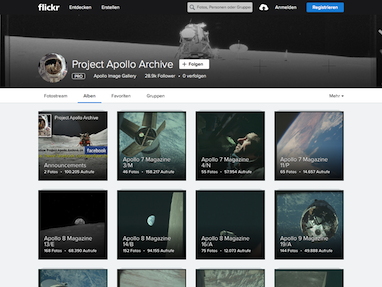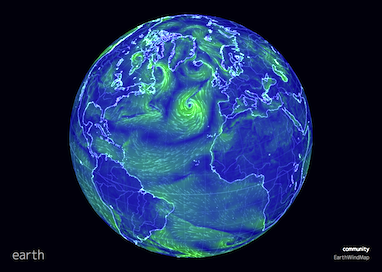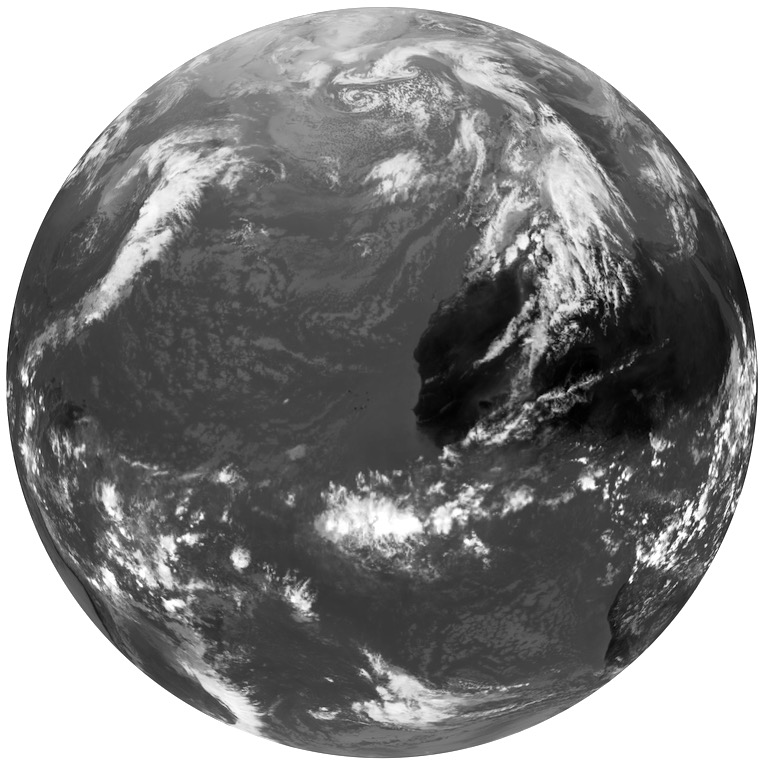We research about astronomy with a visual approach to the wonders of the universe, dedicating special observation to our home planet Earth. Here you can find useful Resources for your classroom or personal use.
THE SOLAR SYSTEM:
The sun, planets and their moons, asteroid belt and some extras flying around :)
The Solar System is the gravitationally bound planetary system of the Sun and the objects that orbit it, either directly or indirectly. Of the bodies that orbit the Sun directly, the largest are the four gas and ice giants and the four terrestrial planets, followed by an unknown number of dwarf planets and innumerable small Solar System bodies
DOWNLOAD HI- RES POSTER
THE EARTH:
Explore Earth's hidden patterns. These visualizations reveal the data behind our planet’s rhythms — from climate and time to movement and space — understand the world we live in.
THE IONOSPHERE:
The ionosphere is defined as the layer of the Earth's atmosphere that is ionized by solar and cosmic radiation. It lies 75-1000 km (46-621 miles) above the Earth. (The Earth’s radius is 6370 km, so the thickness of the ionosphere is quite tiny compared with the size of Earth.) Because of the high energy from the Sun and from cosmic rays, the atoms in this area have been stripped of one or more of their electrons, or “ionized,” and are therefore positively charged. The ionized electrons behave as free particles.
THE MAGNETOSPHERE:
The magnetosphere is that area of space, around a planet, that is controlled by the planet's magnetic field. The shape of the Earth's magnetosphere is the direct result of being blasted by solar wind. The solar wind compresses its sunward side to a distance of only 6 to 10 times the radius of the Earth. A supersonic shock wave is created sunward of Earth called the Bow Shock. Most of the solar wind particles are heated and slowed at the bow shock and detour around the Earth in the Magnetosheath.
*IMAGES from: NASA, NOAA, ESA, JAXA
EARTH FROM SPACE
When a spacecraft travels beyond Low Earth Orbit, it gets to see the whole Earth.
Photos from Nasa Apollo and Galileo missions and from Jaxa (Japan Space Agency) Kaguya mission
COSMIC LINKS
Here you can find links to the best sites that share photos of our planet Earth from space, realtime visualisations of global weather data and geostationary satellite images of the globe.
EARTH PHOTOS
NASA
GATEWAY TO ASTRONAUT PHOTOGRAPHY OF EARTH
The most complete access to all astronaut photographs of Earth taken from 1961 to the present.
The Project Apollo Archive on flickr
Thousands of original scans of Hasselblad photos taken by Apollo Astronauts.
Images from the historic lunar landing program. Created by Kipp Teague in 1999.
ESA

ESA: Space in Images
Earth from Space image collection
REALTIME EARTH
Visualization of global weather conditions with animated winds. Open-source and updated every 3 hours.
Direct links to useful settings:
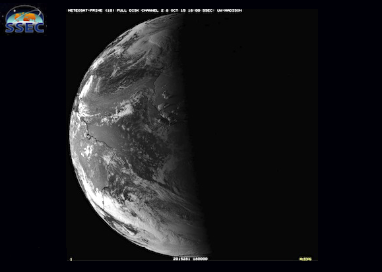
Full disc in visible wavelength:
GLOBAL CARE
Some outstanding people and organizations working to make the world a better place.

The Venus Project
proposes an alternative vision of what the future can be if we apply what we already know in order to achieve a sustainable new world civilization.

Scripps Institution of Oceanography
one of the oldest, largest, and most important hubs for ocean, Earth and atmospheric science research, education, and public service in the world.

class="font-weight-bold text-primary text-uppercase mb-0" Sally Ride Science
was founded by America’s first woman in space to inspire young people in Science, Technology, Engineering and Math education.

Planetary Collective
is a creative organization dedicated to film, installation art, photography, and technology. They believe passionately in the power of creative works to change perspectives, lives, and ultimately the planet. Creators of the award-winning film OVERVIEW and PLANETARY.

The Overview Institute
researches and informs the world about the reality, nature, and potential of the Overview Effect. At this critical moment, our greatest need is for a global vision of planetary unity and purpose for humanity as a whole.

Earth guardians
is a tribe of young activists, artists and musicians from across the globe stepping up as leaders and co-creating a sustainable future.
If you know of someone or an organisation that should be in this list please contact us :)

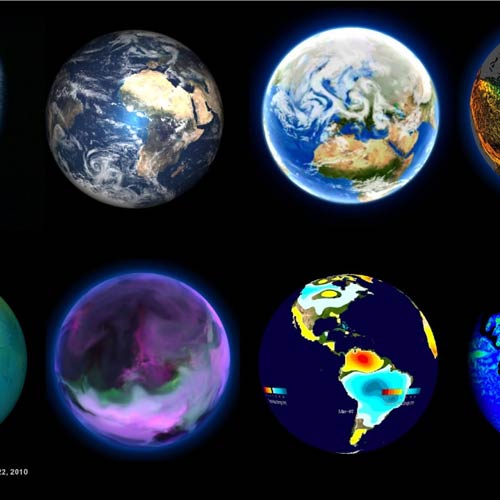

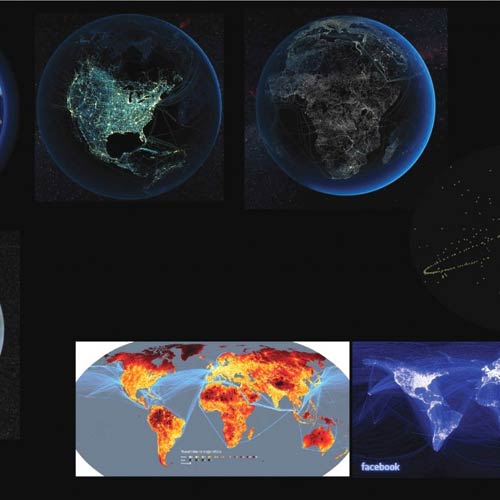
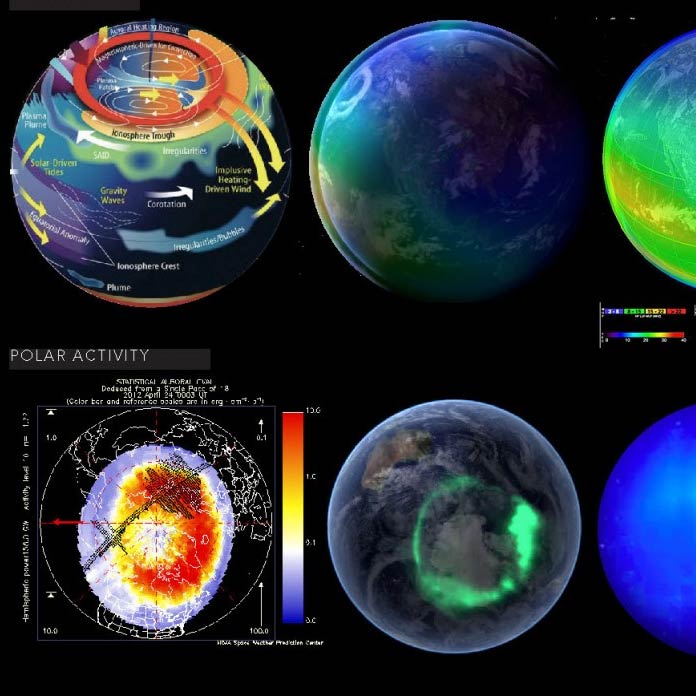

 Visit: The Whole Earth Page by Cosmic Watch
Visit: The Whole Earth Page by Cosmic Watch
